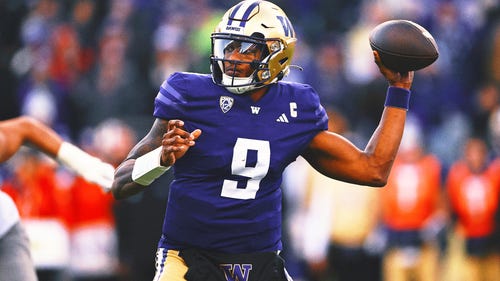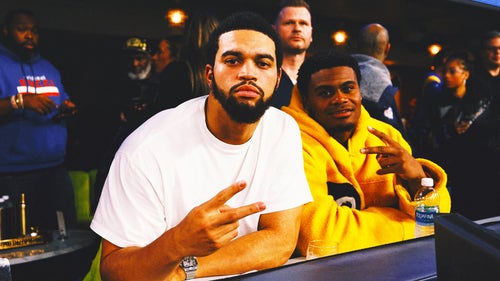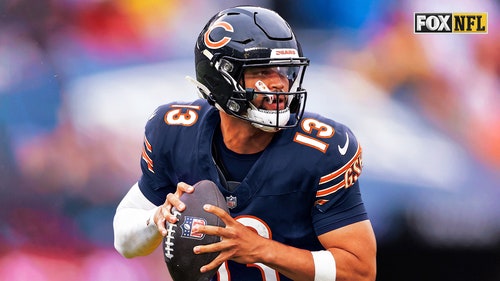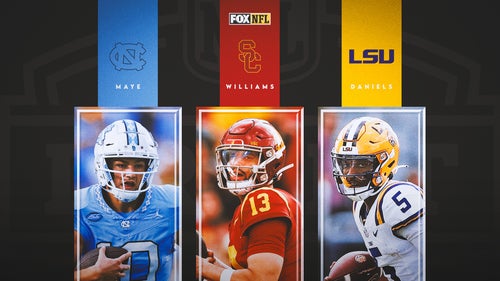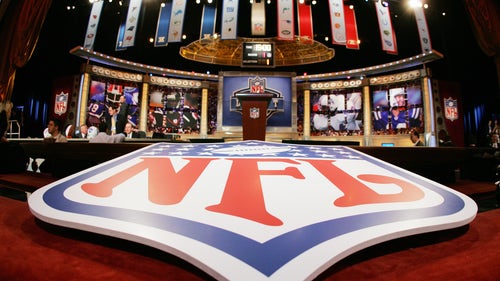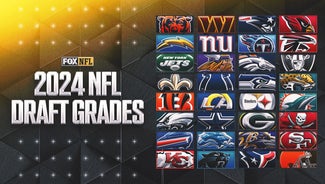
Pereira breaks down NFL Week 5 calls

Should the NFL review its review -- and challenge -- process?
The show "Breaking Bad" is officially off the air, but things continued to break badly Sunday for the winless New York Giants and coach Tom Coughlin.
Here was the situation: The Eagles had the ball, third-and-10 on their own 27-yard line with 12:40 left in the third quarter. The Eagles led 19-7.
Philadelphia quarterback Nick Foles completed an 11-yard pass to LeSean McCoy on the sideline that came into question. McCoy went up and definitely got two toes in bounds, but the question was whether McCoy maintained possession while going to the ground. Philadelphia was hurrying to snap the ball and Coughlin had to call a timeout to challenge the play.
The thing with a challenge like this is, if the challenge isn't overturned, the Giants end up losing both timeouts.
And though I thought the ball was clearly incomplete, after reviewing it with the replay official, the referee stayed with the call.
That's unbelievable to me. The ball comes loose when McCoy's going to the ground and it comes loose again when he hits the ground. The Eagles didn't end up scoring on this drive, but it did cost the Giants an additional timeout, which left them with only one, which they took with 4:41 left in the third quarter.
I wish I had an explanation of why the officials didn't reverse it, but I don't.
I'd hate to overreact, but it does make me think that the NFL should copy the NHL -- and the soon-to-be expanded replay rule in Major League Baseball -- and use a central location to review all challenges and reviews with the decision made by a select group of supervisors who look at the play together.
There's a better chance for decisions to be much more consistent.
A score is a score
When is a touchdown a touchdown? Is it when a player's knee hits the ground short of the goal line and his forearm hits the pylon?
Here was the situation: Seattle had the ball, second-and-6 from the Indianapolis 28-yard line with 6:05 left in the second quarter. The Colts led 12-10.
Seahawks quarterback Russell Wilson threw a 28-yard pass to Jermaine Kerse that was ruled a touchdown. Kerse was a little short of the end zone and dove for the goal line. Kerse's left knee hit the ground short of the goal line, but wasn't touched by defender Vontae Davis after controlling the pass, therefore, he was not considered down when his knee hit the ground.
Kerse's forearm hit the pylon, but that also doesn't make him down. The pylon, when deemed touched by a player, does not put the player out of bounds. He's not out of bounds until he hits the ground out of bounds after hitting the pylon.
No question it was a touchdown, but the interesting thing to me, was that had the ball been short when the knee hit the ground, it still would have been a touchdown because Kerse had not been touched after securing control of the pass.
Oh, so close
A couple of very close calls happened in two different games. Both could have resulted in a safety, but only one did.
The first place took place in the Seattle-Indy game with 5:02 left in the first quarter with the Seahawks leading 10-0.
Here was the situation: The Colts had the ball, fourth-and-3 from their own 27-yard line. Pat McAfee was punting, but it was blocked by Jermaine Kearse. The ball went into the end zone and Seattle's Jeron Johnson fell on the ball as it was headed toward the back of the end line.
It was ruled a safety on the field and after a review by the replay assistant, the call stood. Many thought it was a touchdown, but recovering a fumble is exactly the same as catching a pass. You must maintain control of the ball as you're hitting the ground. When Johnson recovered it, there was slight movement of the ball, which was just enough to not let them overturn the call.
When you're talking about boundary line, you are talking about maintaining possession. They officials are were able to run the video frame-by-frame. This is like a reception, where the player must maintain possession when going to the ground.
The key word in a referee's statement: The ruling stands, which means there wasn't enough to reverse it and there wasn't enough to confirm it. And that's exactly what replay should be. If you can't prove that the call was incorrect, then let it stand.
The other play happened in the Eagles-Giants game.
Here was the situation: The Giants had the ball, first-and-10 from their own 5-yard line with eight seconds left in the first quarter. The Giants had the lead 7-3.
Giants running back David Wilson carried the ball and his forward progress was ruled to have been stopped at the 2-yard line, however, the Eagles' Cedric Thornton pushed Wilson into the end zone.
What made this play interesting was that Wilson disengaged from Thornton and tried running out of the end zone. To me, that takes away the initial forward progress spot at the 2-yard and I think this could have been a safety.
By the way, the only thing reviewable is the initial spot of contact, which is clearly out in the field of play. Whether Wilson disengages and whether forward progress should be taken off because of it, is not reviewable.







































































































































